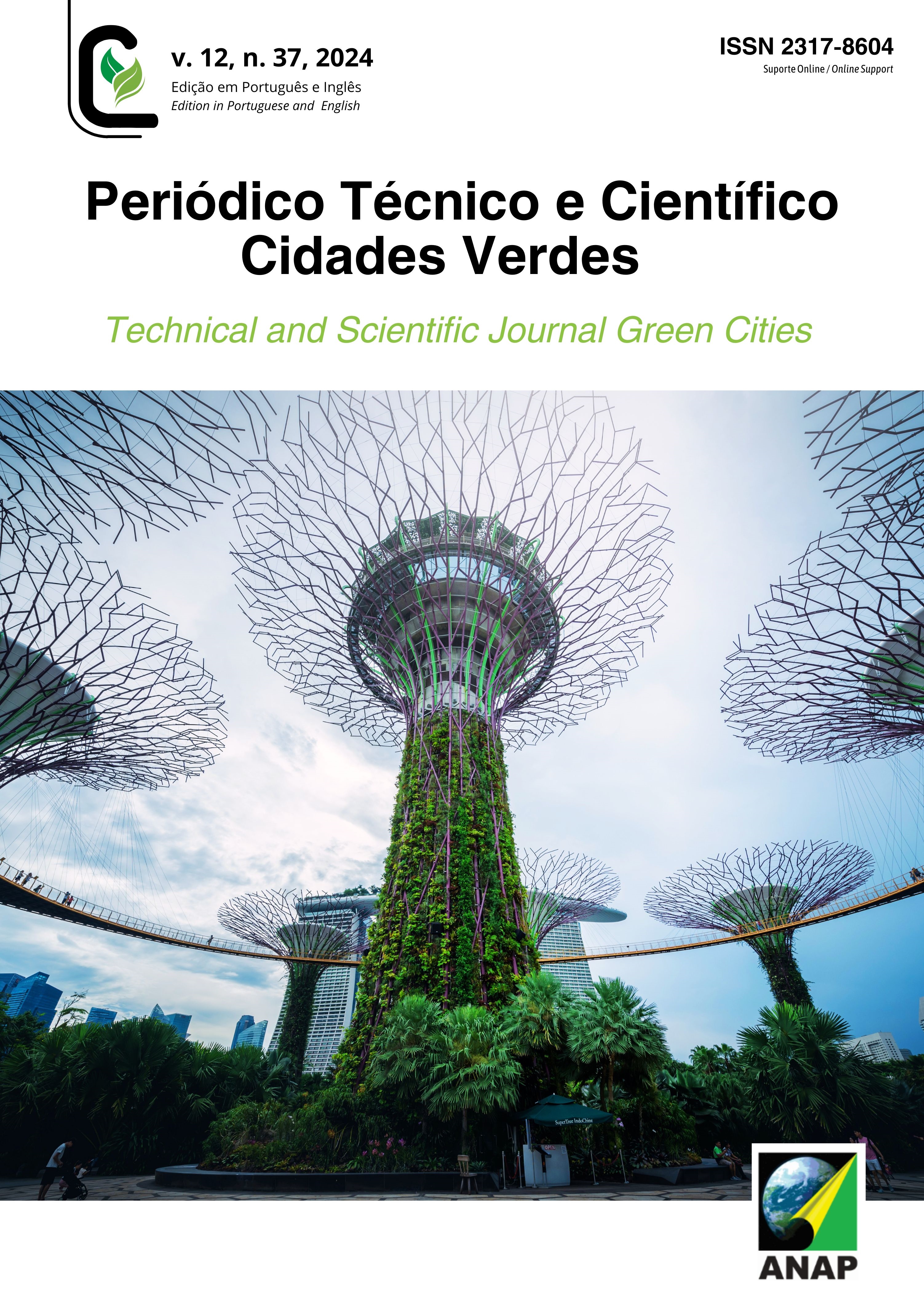The irregular urban occupations as marks of unequal spatial development
the case of Londrina (PR)
DOI:
https://doi.org/10.17271/23178604123720245426Keywords:
urban planning, uneven geographical development, urban occupationsAbstract
The present article aims to analyze irregular occupations as result of the dynamics of the capitalist development model, which promotes spatial inequality on various scales. This phenomenon can be observed through the irregular occupations visited in the city of Londrina. The research was based on a literature review and field data collection conducted in two locations: the irregular occupations of Flores do Campo and Aparecidinha. The results revealed the fragmentation and contradictory interrelation between different urban areas, which present varied levels of development and, consequently, distinct demands. Spatial development inequality is evident in both the material elements that compose the urban landscape, such as the location and quality of housing and basic infrastructure, and in aspects related to the population’s quality of life, access to the labor market, and sociodemographic characteristics. Therefore, discussing this issue and articulating the potential of spatial planning and management is essential, as these are fundamental tools for reducing disparities in development patterns.
Downloads
Downloads
Published
Issue
Section
License
Copyright (c) 2024 Technical and Scientific Journal Green Cities

This work is licensed under a Creative Commons Attribution 4.0 International License.















